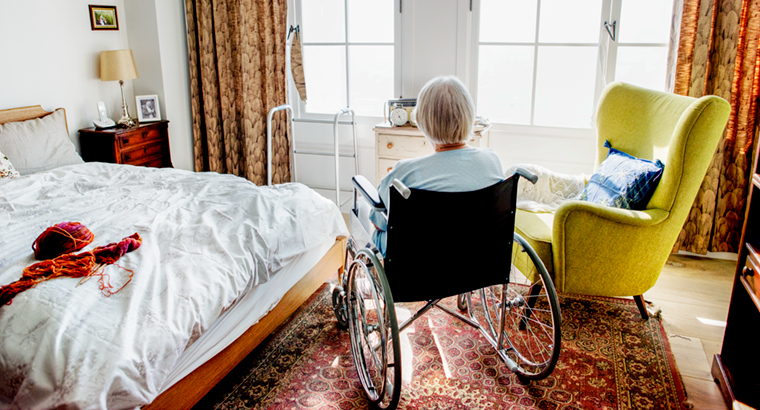
About 25 percent of all totaled shifts for aged care facilities in Australia are reported for not being filled week after week. This is roughly about 140,000 schedules or shifts in a week. On the other hand, the sector for disabled persons has also been reported to encounter the same situation as it was also reported to have numerous vacancies, about 30 percent, during the height of Omicron.
The shortage of staff is a struggling condition of both the disability and aged care sectors addresses a couple of $400 retention payments, sparking a massive call for the Australian government to conduct procedures that could fix the aforementioned problem.
Moreover, disability care providers do not have the eligibility to receive government payments, missing out on all the bonuses despite the fact that they perform similar stressful work conditions as the aged care providers.
People who work in larger care-providing homes have to work for both the aged and disabled, yet they are still left penalized for the NDIA of their clients. One organization estimated that around 40 percent of its total workers will get nothing for their bonus.
Laurie Leigh, the chief executive of National Disability Services told Guardian Australia that the aged care and disability sectors in the country are lacking manpower. She as well stressed that 30 percent of the total work shifts struggled to fill during the first and second weeks of January while Omicron cases surged high.
While workers in the aged care sector get $400 as a bonus, Leigh stressed that this act did not necessarily tackle the problem at its core. This is especially true on the part of those that work in the disability care sector who get nothing in exchange for their hard work.
Leigh also emphasized that people who are working in the disability sector should be given the same treatments as those given to those who work in the aged care sector. Basically, both sectors have the job of providing care services to vulnerable individuals and have to undergo similar working conditions such as the lack of a workforce.
She said that this is a very disheartening situation on the end of those that work as disability care providers. In this regard, Leigh added that the government should give similar recognition to all individuals working in either sector because the conditions are the same and this should signal a start of a substantial conversation.
Stuart Miller of the myHomecare Group is in favor of the disbursement of a $400-bonus. However, he admitted that this form of action did not address the sector’s structural issues. He said that this situation seemed to be like a ‘sugar rush’ because it’s retention which is only being tackled alone and not giving the care providers what they truly deserve. He also added that the help is acceptable but structurally speaking, it doesn’t help at all.
Miller represents 10 care homes that provide services to around 20,000 residential care patients. Due to the current situation, he said that about 40 percent of his total workers will not get the payment. Apart from being not eligible for the said program, they would also sadly suffer because they will be financially penalized.
Paul Sadler, the chief of Australia’s Aged and Community Services said that what is happening is totally unfair specifically for those who are greatly affected. With the continuing shortages of workers, this must be considered a crisis in the aged care arena. Thus, along with the affected workers, Sadler is appealing to the government, Australian Defense Force, and other sources to give the necessary support they need to curb the riddling situation in the aged care sector.

